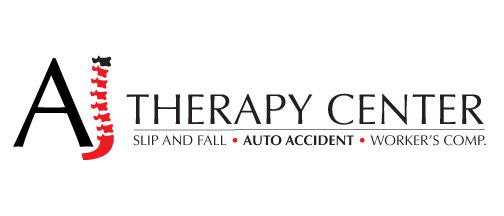Whiplash can be extremely painful, and the symptoms may take a few days after an accident to show up. About 25 percent of people who suffer from whiplash experience chronic pain after the injury.
Wondering what causes whiplash and how to treat it? If you are dealing with pain from whiplash or a neck sprain, keep reading to learn what causes it and how to relieve pain.
What is Whiplash?
Whiplash is an injury to the neck caused by rapid back-and-forth movement. It gets its name because it’s like cracking a whip.
The most common cause of whiplash is from a rear-end car accident. The injury can also happen from physical abuse, sports accident, amusement park rides, falling off a bicycle, horse riding accidents, or any other forceful trauma.
Women can be more susceptible to whiplash injuries than men. Experts believe it may be because men’s neck muscles tend to be a little stronger.
What Causes Pain?
When a person is struck forcefully from behind, the person’s body pushes forward and the head stays back for a split second. This makes the head rock up and back, which stretches and can tear tendons, ligaments, and muscles.
These muscles then contract and move the head forward—sometimes too far.
Whiplash can be caused by collisions in any direction, not just behind.
Symptoms of Whiplash
The most common symptoms of whiplash include headaches, stiffness, and neck pain. Typically people get better within a few weeks of treatment, but some people experience long-term complications.
Sometimes whiplash is called a neck strain or neck sprain. Symptoms of whiplash typically begin about 24 hours after an injury and include:
- Decreased range of motion in the neck
- Fatigue
- Dizziness
- Pain when moving neck
- Neck stiffness and pain
- Numbness or tingling in arms
- Tenderness or pain in upper back, shoulder, or arms
- Headaches
- Muscle spasms
Some people may even have issues concentrating, ringing in ears, memory problems, and sleep disturbances.
Treatment for Whiplash
Treatment helps alleviate the pain and stiffness of the neck. It also will focus on healing the tendons, muscles, and ligaments. There are a few things you can do at home to help alleviate your neck pain.
Use an ice pack to help with swelling and inflammation. Put the ice pack on for about 10-30 minutes at a time.
Take medications for pain like ibuprofen or acetaminophen. Make sure you consult with your doctor before taking pain medications, especially if you have other medical conditions.
You may need to do some physical therapy to help strengthen and your neck. The physical therapist may use heat, ice, and electrical stimulation to reduce pain. You will get some exercises to do at home.
If you have muscle spasms, your doctor may also prescribe muscle relaxants. Typically, it’s best to take these before bed because they can make you drowsy.
Your doctor may also recommend wearing a soft foam collar to immobilize the neck for periods of time. You should wear the collar for no more than 3 hours at a time.
Need Help with Whiplash or Neck Sprain Pain?
If you are suffering from neck pain after an accident, you can follow the above tips to alleviate pain. If you need more help to deal with whiplash or neck sprain pain, book an appointment online for a free consultation for physical therapy in Tampa and St. Petersburg.

